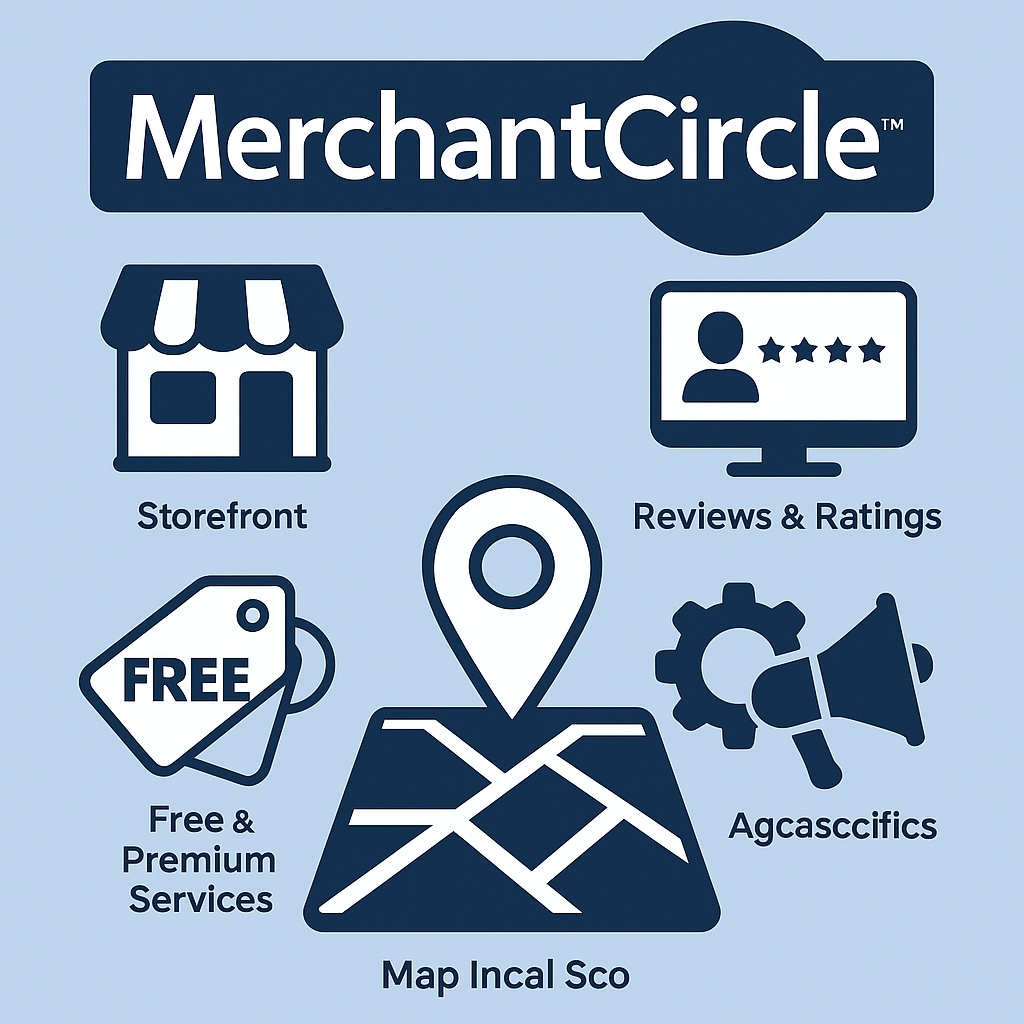Introduction
In an increasingly competitive and fast-paced business world, standing out from the crowd is more than just desirable—it’s essential. That’s where competitive edge comes in. Whether you’re a startup or a market leader, having a unique advantage over competitors can dictate your longevity and profitability. But what exactly does this term mean, and how can you harness it to dominate your industry?
This article explores the key concepts and actionable strategies behind building and maintaining a competitive edge. We’ll dive into the core theories, three primary types of competitive advantage, and how to implement them to outshine your rivals.
Understanding Competitive Edge
What Is a Competitive Edge?
A competitive edge refers to the unique attributes or capabilities that allow a company to outperform its rivals. It’s what makes your business more attractive to customers than the alternatives. This can stem from price, innovation, customer experience, brand perception, or operational efficiency.
Why Does It Matter?
Without a competitive edge, businesses risk becoming irrelevant or redundant in a saturated market. A strong edge not only drives sales and market share but also helps build customer loyalty and brand equity.
Real-World Examples:
- Apple maintains its edge through innovative design and an unmatched ecosystem.
- Amazon leverages operational efficiency and customer obsession.
- Tesla thrives on cutting-edge technology and visionary leadership.
The Three Types of Competitive Advantages
1. Cost Leadership
Companies that adopt this strategy offer products or services at the lowest cost in their industry. This doesn’t necessarily mean the lowest price, but the ability to operate more efficiently than competitors.
Example: Walmart’s supply chain mastery allows it to dominate on price.
2. Differentiation
This involves offering unique features or services that set your brand apart, even at a higher price point.
Example: Nike combines design, celebrity endorsements, and innovation to stay ahead.
3. Focus Strategy
Here, a company targets a specific niche or segment of the market with tailored products or services.
Example: Rolex focuses exclusively on the luxury watch market, creating exclusivity and prestige.
The Theory Behind Competitive Edge
Michael Porter’s Generic Strategies
Porter introduced the concept of cost leadership, differentiation, and focus as the three essential strategies to gain a competitive advantage. Businesses can pursue one or a mix of these strategies to achieve superior performance.
Resource-Based View (RBV)
This theory posits that unique internal resources—like proprietary technology, skilled personnel, or exclusive rights—form the foundation of sustained competitive edge.
Dynamic Capabilities Theory
Adaptability and innovation are central here. Companies must continuously evolve and reconfigure resources to respond to changing environments.
Meaning and Implications of Competitive Edging
What Is Competitive Edging?
“Competitive edging” refers to the act of gradually gaining advantage over competitors through incremental improvements or strategic positioning.
Strategic Implications:
- Refining your customer experience
- Innovating product features
- Strengthening brand reputation
- Enhancing supply chain responsiveness
Case Study: Netflix
Netflix edged out competitors by transforming from a DVD rental service into a content powerhouse through strategic use of data, user experience, and original programming.
Strategies to Build and Maintain a Competitive Edge
1. Drive Innovation
Invest in research and development. Stay ahead with breakthrough products, services, or technologies.
2. Enhance Customer Experience
Deliver superior service, personalized offerings, and seamless user experiences.
3. Improve Operational Efficiency
Use lean principles, automation, and supply chain optimization to cut costs and boost quality.
4. Strengthen Brand Positioning
Develop a compelling brand identity. Use storytelling and consistent messaging to connect emotionally with your audience.
5. Leverage Data and Analytics
Harness insights to predict trends, personalize marketing, and improve decision-making.
Conclusion
A well-defined and actively nurtured competitive edge is the lifeblood of a successful business. It allows organizations to not just survive—but thrive—in competitive markets. By understanding its foundational theories and adopting targeted strategies like cost leadership, differentiation, and focused innovation, any business can position itself for long-term success.
Remember, building a competitive edge is not a one-time task; it’s a continuous journey that requires constant refinement, strategic foresight, and a deep understanding of your customers and competitors.
FAQs
What is a competitive edge in business?
It’s the unique advantage that enables a business to outperform its rivals in the marketplace.
How can a company develop a competitive edge?
By focusing on innovation, efficiency, customer experience, and leveraging unique internal resources.
Why is maintaining a competitive edge important?
It ensures ongoing relevance, profitability, and adaptability in changing market conditions.









Leave a Reply